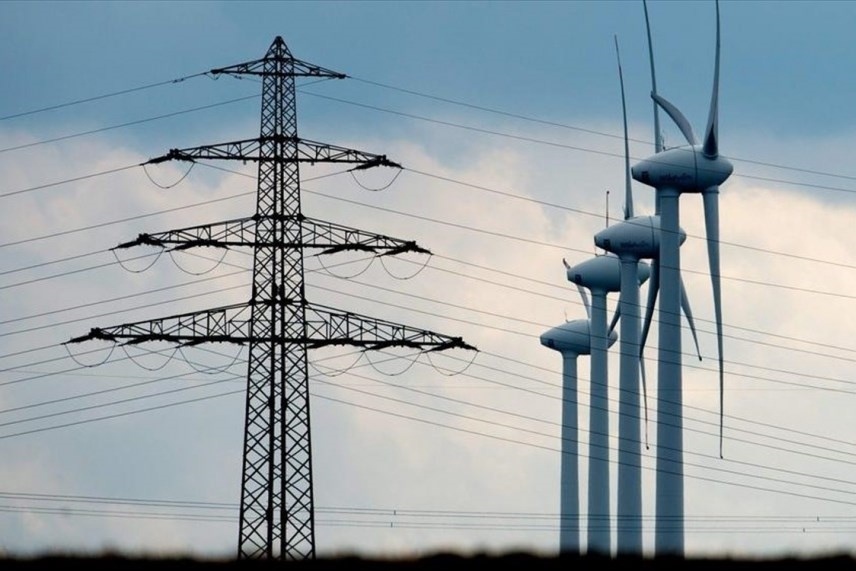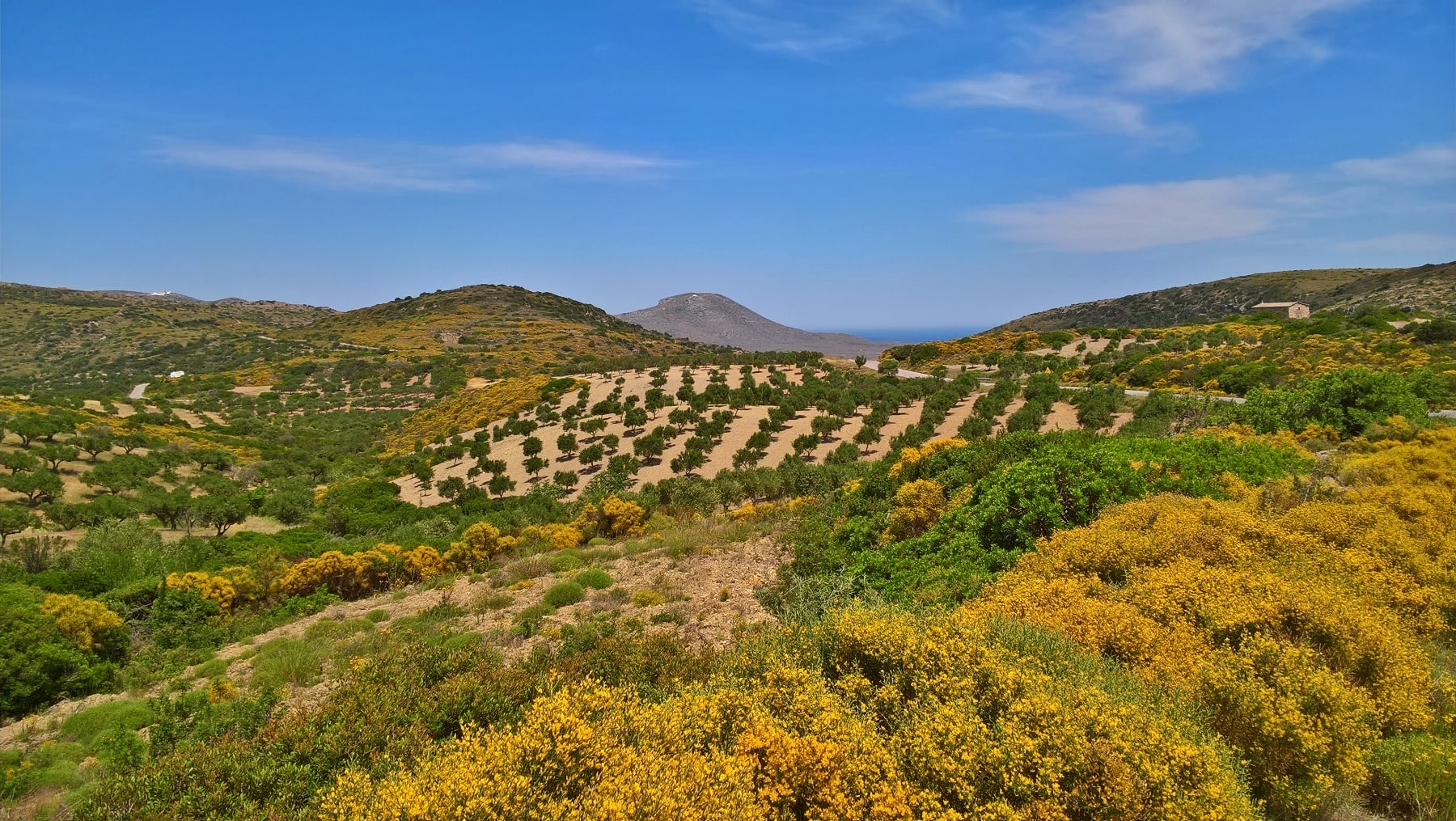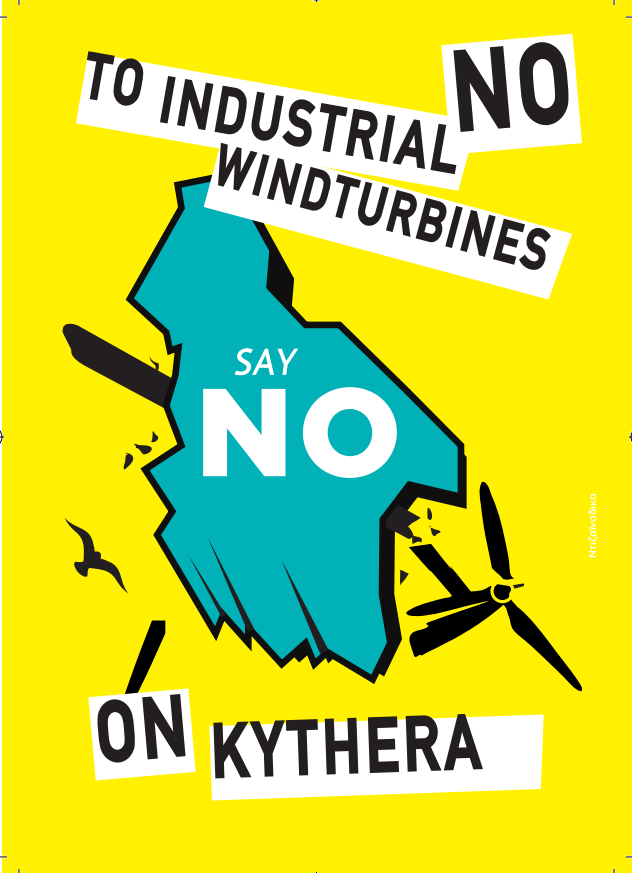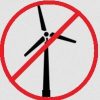Falling demand affects profitability of renewables
Greek alternative energy companies do not exist in an economic vacuum, but are directly affected by international events and, very specifically, by fluctuations in demand in the highly volatile world energy markets. The principal international event affecting investment at the moment is, of course, the Covid-19 pandemic.
One unexpected consequence affecting Greek wind farm enterprises has been the fall in the country’s electricity consumption, directly attributable to the significant fall in industrial and economic activity.
This will have the inevitable result of forcing a reduction in the total amount of generated wind power, with a consequent hit to the industry’s profitability. The explanation for this is simple. Because wind generated power is by its very nature fluctuating and uncertain, in order to avoid sudden, disastrous power shortfalls and blackouts, the Independent Power Transmission Operator, ADMIE (ΑΔΜΙΕ) must ensure that the output of online wind farms is precisely balanced by placing an equivalent number of thermal power plants on standby; should the power contributed by wind farms drop, the reserve capacity of one or more thermal plants must immediately be activated to ensure demand is not interrupted.
But as can be imagined, keeping thermal plants on standby is not a simple matter of flicking a switch; to capable of generating power at a moment’s notice, considerable thermal energy must be constantly maintained. This is expensive, wasteful and also of course environmentally destructive.

Minimising the resultant cost and waste of energy requires highly sophisticated systems of control in thermal power plants – systems not currently available in Greek power plants. A Danish Energy Agency report notes that “the high share of wind power that has developed in Denmark over the last 25 years has provided an early incentive for increasing the flexibility of thermal power plants. From the power plants’ perspective, the high fluctuation of residual load resulting from the high share of variable wind power generation leads to steep load gradients. It also requires fast start-ups at low cost, and as low minimum stable generation as possible. […] As a result, Danish coal power plants that had originally been designed as base load units have been transformed into some of the most flexible power plants in Europe”.
Sources:
1. «Ανησυχία για πιθανές περικοπές της παραγωγής ΑΠΕ λόγω χαμηλής κατανάλωσης ρεύματος», World Energy News, 01/04/20: https://worldenergynews.gr/index.php?id=43886
2. “Intergration of Wind Energy in Power Systems: A summary of Danish experiences”. Danish Energy Agency, May 2017. Download pdf here: https://ens.dk/…/integration_of_wind_energy_in_power_system…


